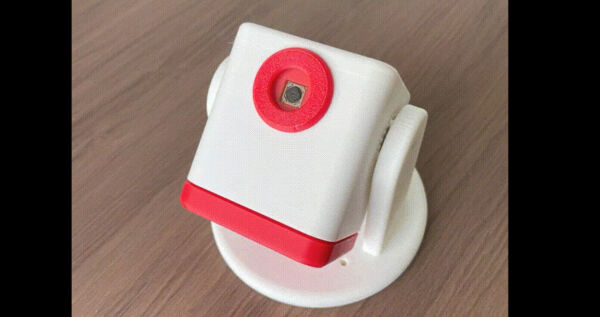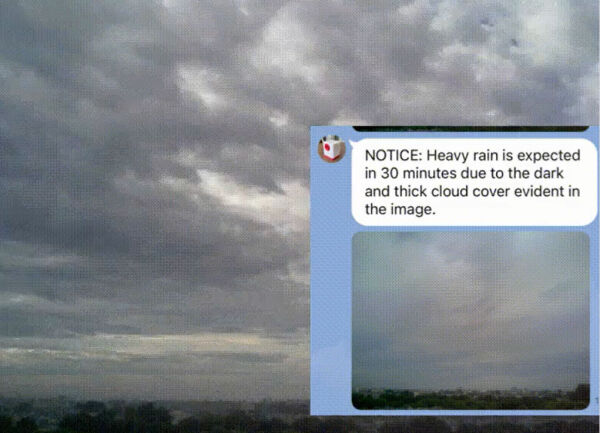[09:44 Sat,10.August 2024 by Thomas Richter] |
The Time Leap Cam is an intelligent time-lapse camera that anyone can build themselves from common components. The DIY project by Japanese programmer Hiroshi Nakajima consists of a battery-powered autofocus camera for long-term time-lapse shots and, as a special feature, intelligent object recognition using AI.  This is made possible by integrating a System-on-a-Chip (ESP32S3 SoC), which supports WiFi communication and HTTPS protocols. This setup allows the camera to send images via a WiFi connection to OpenAI&s GPT-4 for automatic image analysis. When certain user-defined conditions are detected such as a fall or an empty pet bowl the camera can send automatic notifications using a messaging app.  The conditions that trigger these notifications can be formulated in natural language on a custom configuration page accessible via browser over the local network, thanks to ChatGPT, which makes it easier for users without technical knowledge to handle.  upon event Nakajima came up with the idea for such an intelligent surveillance camera to be alerted if his elderly father falls at home. Such a fall might be discovered much too late with a regular surveillance camera, whose video feed would have to be checked manually again and again. As for the possible uses of such a camera, there are, of course, no limits to the imagination thanks to the intelligent object recognition via the ChatGPT API, even complex conditions can be defined that trigger various notifications. For example, the camera could be used for weather observation, pet and plant monitoring, or wildlife observation. However, assembling the camera from all components, such as an deutsche Version dieser Seite: Zeitraffer-Kamera im Eigenbau - mit Objekterkennung per KI |





